Turning Mars carbon dioxide into life-giving oxygen.

In April 2021, NASA’s Perseverance rover used an onboard instrument named MOXIE (Mars Oxygen In-Situ Resource Utilization Experiment) to convert carbon dioxide in the Martian air into oxygen for the first time. This milestone proved it is possible to harvest a key resource locally rather than carry it from Earth. The experiment has since run multiple times, refining its performance under different Martian conditions. This proof of concept opens the door to oxygen depots, breathable air, and rocket fuel built on Mars itself.
This breakthrough shifts how missions would be planned and stocked. Instead of lugging tens of tons of oxygen for astronauts and ascent engines, future missions might rely partly on “in-situ” production. It’s not just a gimmick, it’s critical infrastructure for sustainable human presence.
1. MOXIE first produced about five grams of oxygen per run.
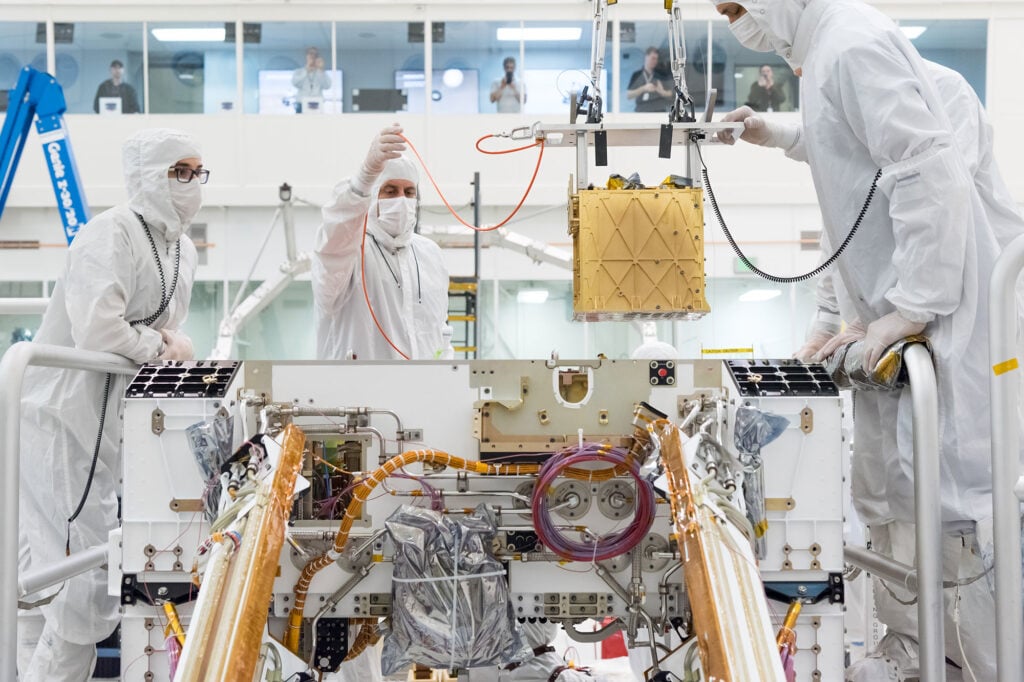
On April 20, 2021, after a brief warm-up, MOXIE began converting Mars’s CO₂ into oxygen, producing roughly 5.4 grams in its first operation hour. The system worked by pulling in Martian atmosphere, compressing and heating it, then using solid oxide electrolysis to split CO₂ into O₂ and CO. That initial run demonstrated the core concept under real Martian conditions. (as stated by NASA)
Though small in quantity, that amount is enough to sustain a human for about 10 minutes of normal activity. It proved that the idea of making oxygen on Mars is not theoretical—it works in practice.
2. MOXIE has since completed multiple successful test runs.
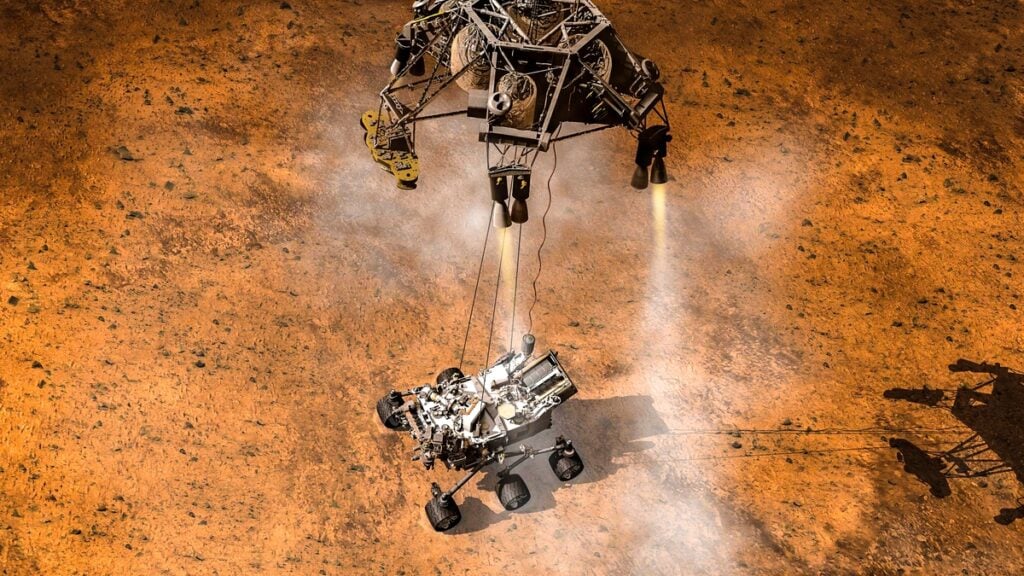
According to mission logs, MOXIE was operated in different Martian seasons, times of day, and atmospheric pressures to test its durability. It has produced oxygen reliably on at least seven distinct occasions, adapting to temperature and pressure variations to validate its design.
These repeated runs provide confidence that the technology is robust enough to scale. They also map the performance envelope—what works, what needs improvement—as engineers prepare for larger systems.
3. MOXIE’s peak output reached nearly 12 grams per hour.
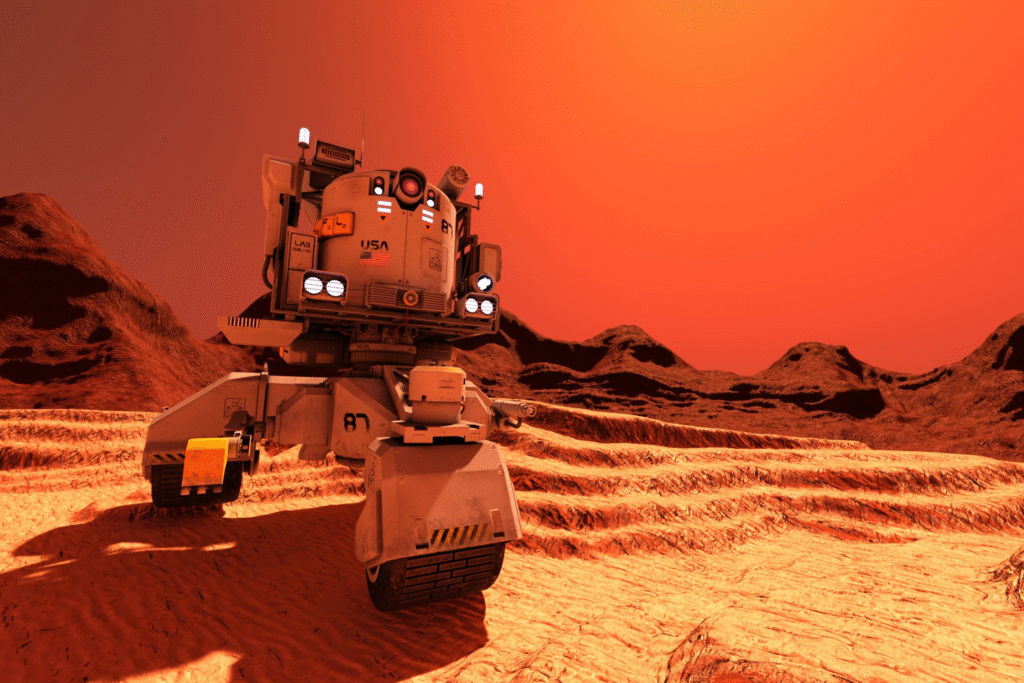
In later operations, MOXIE exceeded its baseline goal, producing up to 12 grams of oxygen in a single hour, and achieving high purity of about 98 percent. Researchers reported that during one run, it sustained 9.8 g/h. These performance milestones help define scale-up targets. (as discovered by NASA)
While that rate is modest for human support, it sets a benchmark. The leap from grams to kilograms hinges on scaling the technology, improving efficiency, and integrating with power systems.
4. The device uses solid oxide electrolysis of CO₂.
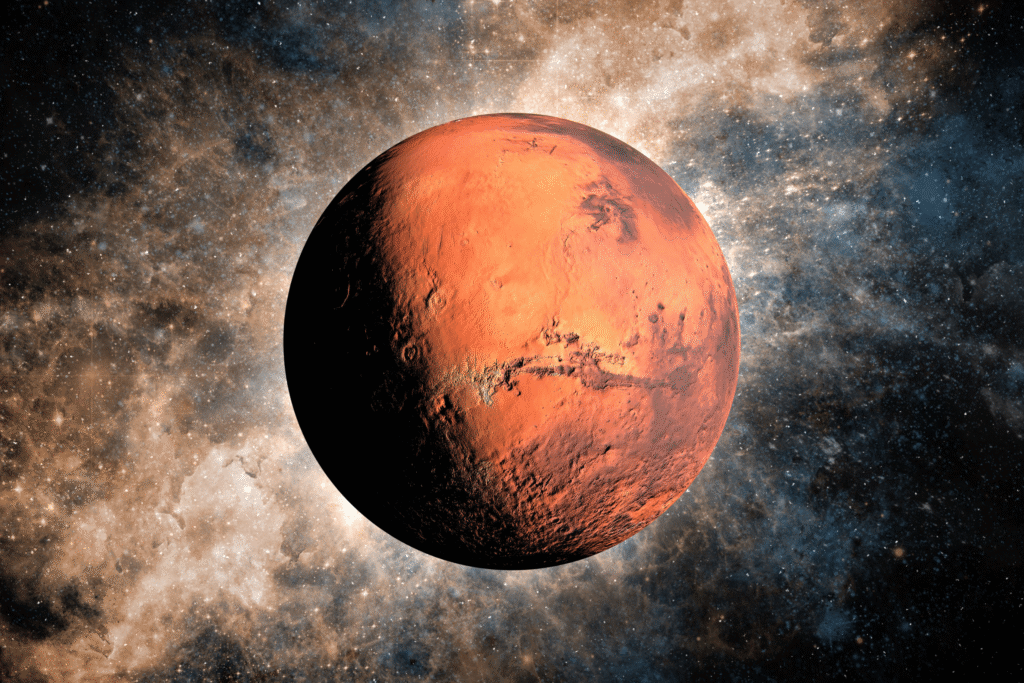
MOXIE’s working principle is to draw in CO₂ from Mars’s atmosphere, compress and heat it to ~800 °C, and then apply a voltage across a ceramic membrane (solid oxide electrolyzer) that allows oxygen ions to migrate and recombine as O₂ gas. The leftover carbon monoxide is vented. The system is essentially an electrochemical converter built for Mars’s thin, cold air.
Its core parts include compressors, heaters, filters, and the cell stack. Each run tests how well the materials, seals, and electrodes perform amid dust, temperature swings, and low pressure.
5. This marks the first resource extraction from another planet.
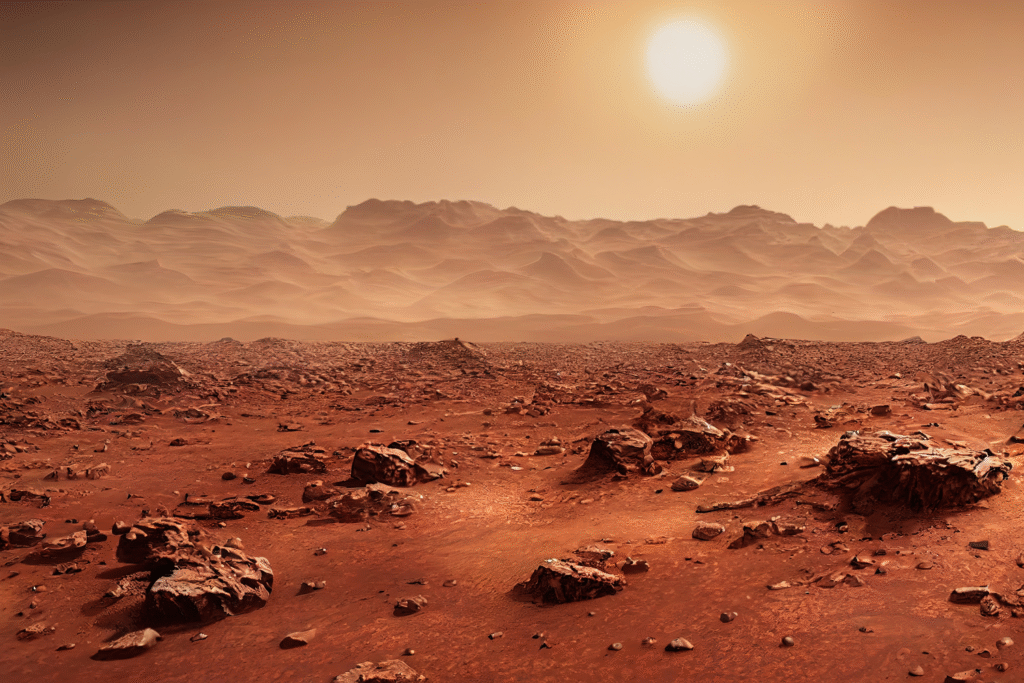
By making oxygen from Mars’s own atmosphere, MOXIE accomplished the first “in-situ resource utilization” on an extraterrestrial body. Rather than bringing everything, we can begin to live off local materials. For Mars, that means using CO₂—which makes up about 95 percent of its air—as feedstock. This foundational technology flips mission design from import dependent to self-sustaining.
Humans have always adapted by using local resources. On Mars, oxygen is both life support and rocket propellant. MOXIE’s success shows that future missions might pre-deploy “oxygen factories” ahead of crew arrival.
6. Scaling MOXIE is essential for human mission support.
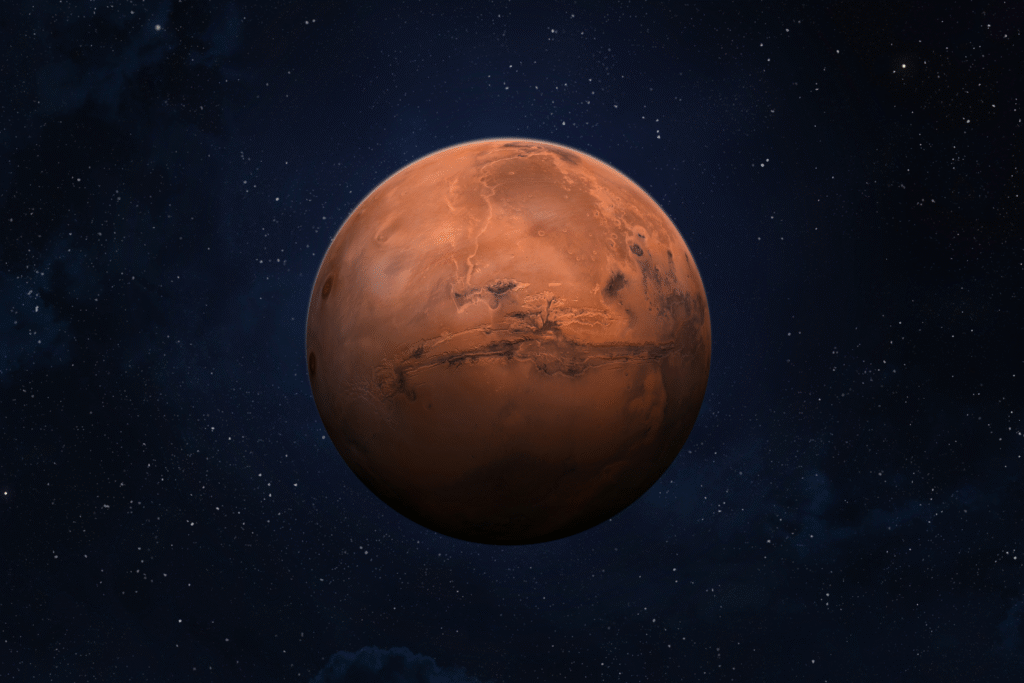
To support astronauts and fuel rockets, MOXIE would need to scale by a factor of hundreds or more. A human mission might require tons of oxygen, not grams. Engineers propose larger ISRU systems using the same electrolysis principle but with more cells, higher throughput, and continuous operation. Some plans suggest an instrument 200 times more powerful than MOXIE running for a year.
Scaling raises engineering challenges: power availability, heat management, durability, dust abrasion, and maintaining materials under Mars conditions. Overcoming those becomes the next goal.
7. Oxygen production could enable propellant generation on Mars.
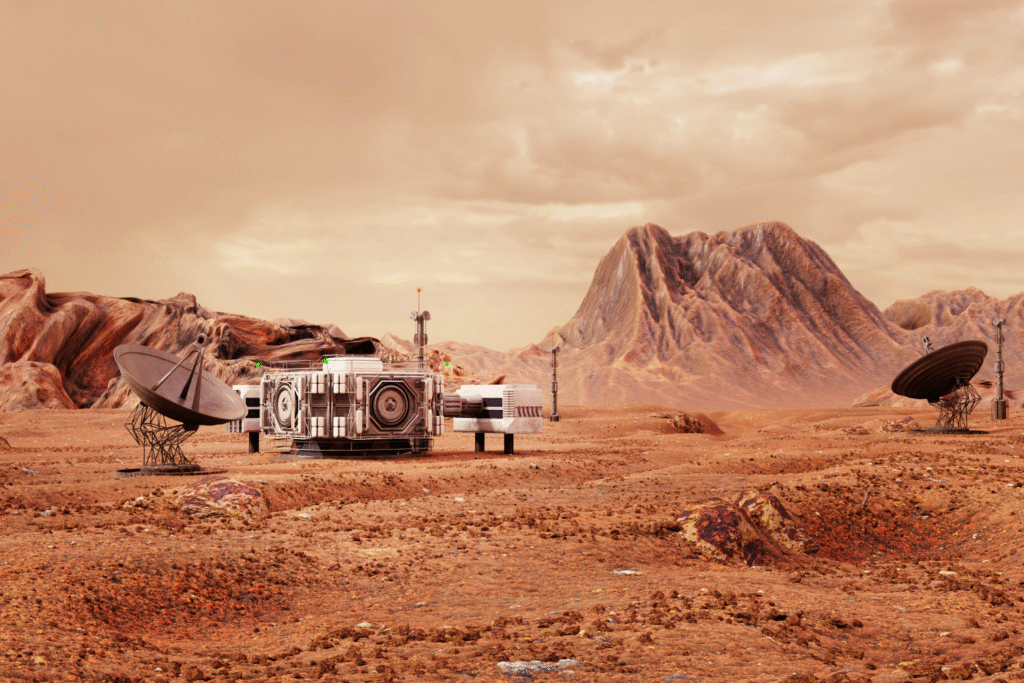
The oxygen produced is not just for breathing—it can serve as an oxidizer for rocket fuel (e.g., with methane or hydrogen). Rather than carrying return-trip fuel from Earth, a spacecraft could use locally produced oxygen when launching off Mars. This greatly reduces mission mass and cost.
Missions might land a scaled ISRU module ahead of crew, build up oxygen stores, then bring astronauts once reserves are ample. That paradigm shift hinges on reliable production and storage systems.
8. Environmental and operational variables affect output.

MOXIE’s performance changes with ambient temperature, pressure, atmospheric composition, and dust loading. Lower pressure or colder days reduce efficiency; dust may foul filters or impede heat transfer. Engineers have used multiple runs across seasons to model how output varies under realistic Martian conditions.
Understanding these variations is crucial for designing systems that can run continuously or opportunistically. It tells us which months or locations are best, and how redundancy must be built in.
9. Future designs may produce water as a byproduct.
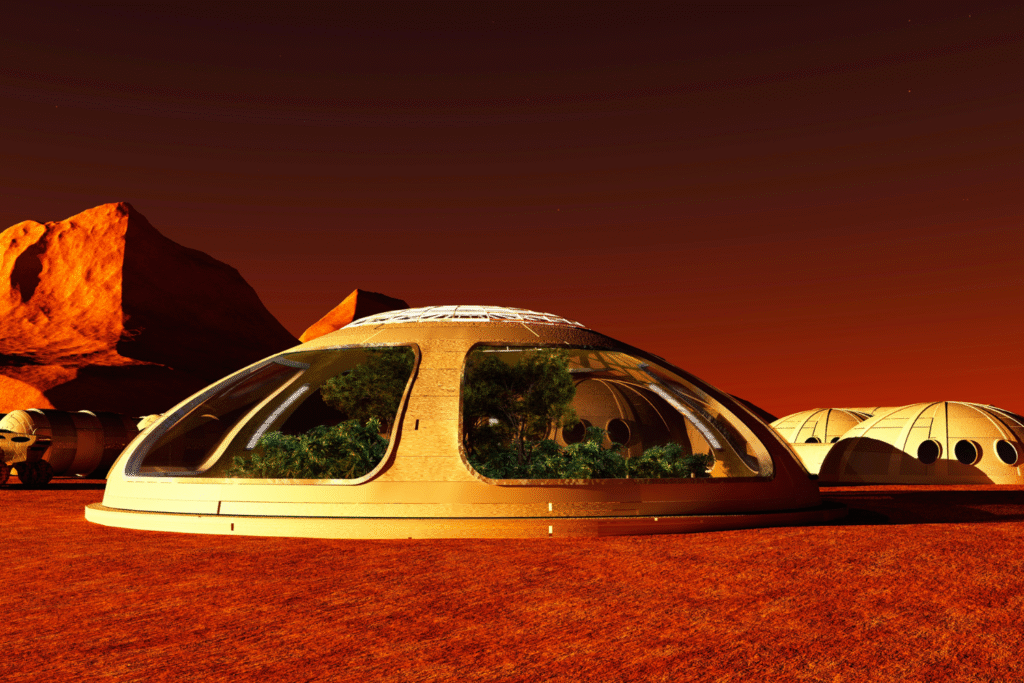
With oxygen produced, combining it with hydrogen (imported or extracted) might yield water. That closes loops in life support systems. Some mission concepts involve coupling oxygen ISRU with hydrogen sources to produce both breathable air and water.
That integrated approach reduces supply chain dependence. Water can support life or be broken into more hydrogen and oxygen, making a circular, efficient system on Mars.
10. MOXIE’s success changes how Mars missions will be planned.
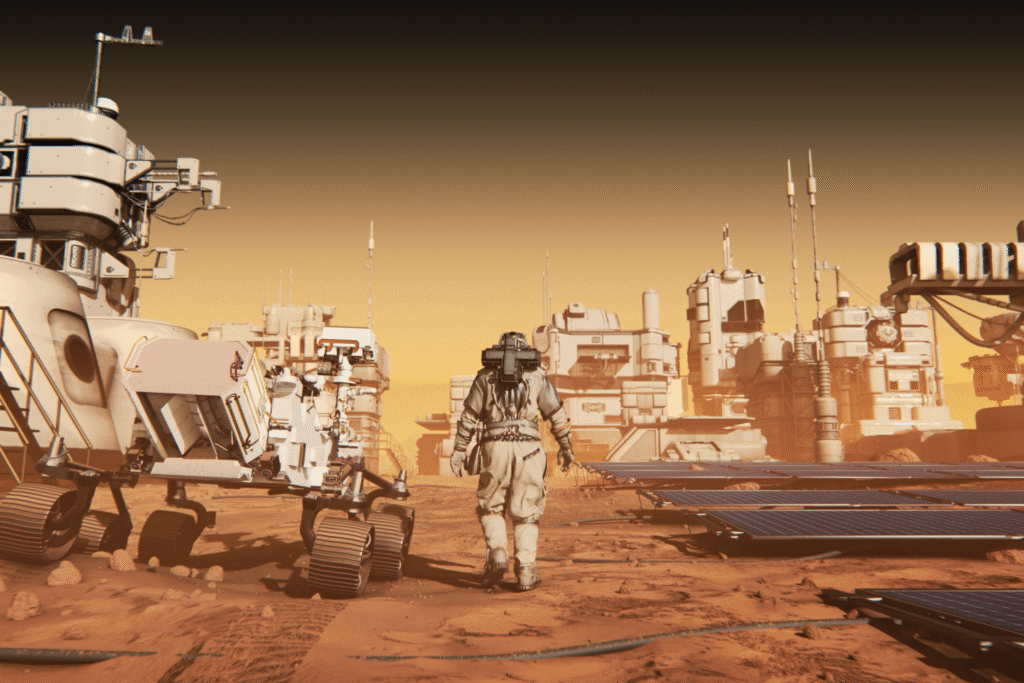
This achievement forces a redesign of human mission architecture. Instead of hauling oxygen, missions can preplant oxygen production infrastructure, enabling more flexible timing, reduced launch mass, and improved sustainability. The presence of in-situ oxygen factories will become a core component in mission planning.
MOXIE doesn’t carry humans, but it carries the promise that when we do go, we will not be totally stranded. The first breath from Martian air is now a stepping stone toward returning home.
